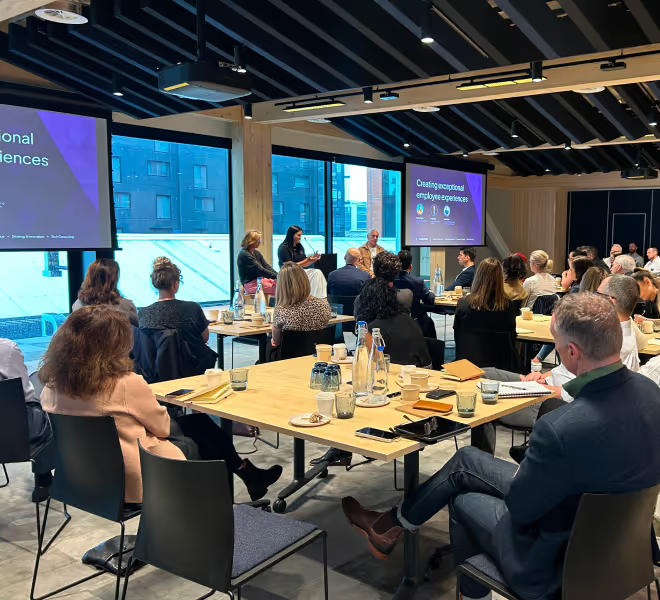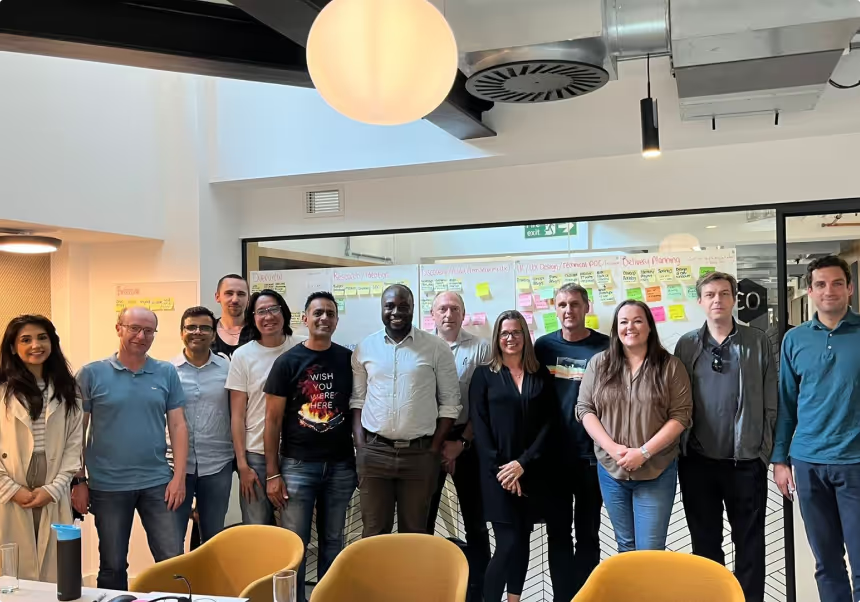With all the hype around the emerging impact of AI on our work, our daily lives and our society in general, it’s interesting to watch and reflect how AI is being considered and thought about in the business circles in which Purple Shirt operates. For many organisations we’re talking to, AI is being treated as the next big wave of technology change and is reminiscent of the early days of digital as an emerging technology.
Learning from the early days of digital
Looking back on the evolution of digital as a technology, many organisations adopted a relatively simplistic response where they digitised many of their physical resources and used digital as a mechanism to simplify tasks for both customers and employees. It was only when digital-native businesses emerged that it became clear that digital wasn’t just a tool for taking traditional services and tasks online, it was a whole new way of doing business with new business models that enabled completely different ways of creating and capturing value e.g social media, e-commerce platforms, and software as a service.
It feels like many organisations are about to take the same simplistic approach with the emergence of AI but this time the stakes could be much higher. The organisations we’re talking to are largely thinking about AI as a tool - a tool to help staff be more productive or a tool to help deliver a new type of product or service to market. In our opinion, this is the right place to start particularly given the current maturity of the technology.
From tool to capability
But this shouldn’t be the extent of the thinking and intent around AI. Unlike almost every preceding technology change, AI has the potential to enable the biggest paradigm shift for businesses since the Industrial Revolution. The reason is that AI as a tool is just the starting point. The end game is AI as a capability and understanding this difference is critical in the ways that businesses should be planning their responses to AI.
AI has the potential to drastically reshape the organisation of the future, how work gets done with flat networks of hybrid agentic teams and significant parts of the organisation being run as MVOs (Minimum Viable Organisations where agent swarms oversee most work with as few humans as possible to check their outputs). This doesn’t just reshape how tasks get done, it changes business models and the competitive landscape: cost structures change as near-zero-cost agents replace humans, revenue models change as value perceptions get commoditised and new AI-native players emerge that leave traditional organisations struggling to compete.
Leading the AI era
This means AI cannot be led by the CIO, it has to be led by the CEO who takes a business perspective to this emerging capability challenge and considers how their business will need to respond in ways that will enable it to retain its competitive position as it transitions into the AI era at a pace that we’ve never seen before.
This sounds both exciting and intimidating especially given the huge uncertainties that exist around the potential impact of AI and the pace at which the capability will develop. So where to start.
We believe now is the time for CEOs to start having the big conversations: where could AI most impact the business over the next 1-2 years, which parts of the business could most rapidly transition into MVOs, what will that mean to costs, revenues, distribution channels and competition, what pathway will provide the best possible chances for the business to emerge stronger rather than weaker.
If this resonates and you want to chat, then just reach out to chris@purpleshirt.co.nz who’s also racing up the learning curve around how to respond to this unstoppable wave of change.






